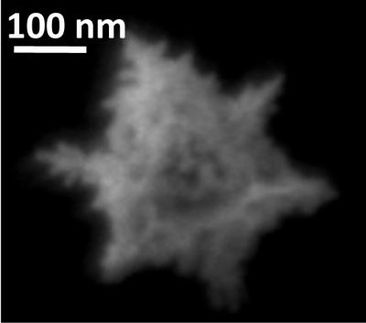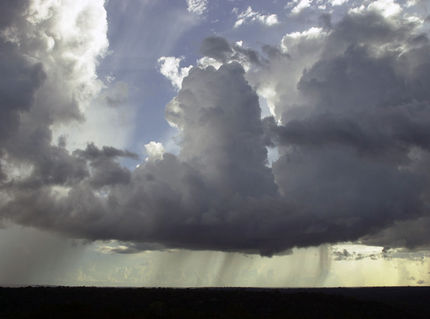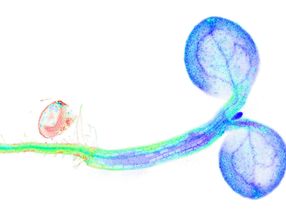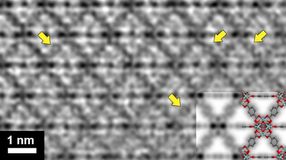Atmospheric Measuring Device for Understanding Smog Formation
Quantitative assessment could lead to more effective smog-control strategies
Scientists at the U.S. Department of Energy's Brookhaven National Laboratory have developed a new tool for quantitatively measuring elusive atmospheric chemicals that play a key role in the formation of photochemical smog. Better measurements will improve scientists' understanding of the mechanisms of smog formation and their ability to select and predict the effectiveness of various mitigation strategies. The Brookhaven scientists have been issued a U.S. patent for their apparatus, which is available for licensing.
The device measures atmospheric hydroperoxyl radicals - short-lived, highly reactive intermediates involved in the formation of ozone, a component of photochemical smog - in the lowest layer of Earth's atmosphere. The levels of these radicals can indicate which of a variety of chemical pathways is predominant in converting basic starting ingredients - hydrocarbons, nitrogen oxides, and water vapor - into smog in the presence of sunlight.
"Understanding the relative importance of the various pathways can help you tailor your mitigation strategies," said Brookhaven atmospheric chemist Stephen Springston, one of the inventors. "For example, are you better off spending your money reducing hydrocarbon emissions or nitrogen oxide emissions?"
"Our measurements will help predict which strategy would be most successful for a particular set of atmospheric conditions - and make modifications to the strategy as those conditions change," said co-inventor Judy Lloyd of the State University of New York at Old Westbury, who holds a guest appointment at Brookhaven Lab.
Because hydroperoxyl radicals are so reactive, getting accurate measurements is not easy. "These chemicals are so fragile you cannot take a bottle home with you," Springston said. "You have to measure them where they form, in the atmosphere, before they react and disappear."
Various groups have developed detectors for hydroperoxyl radicals, but these have been cumbersome and costly. The new device is comparatively small, lightweight, and inexpensive, has low power requirements, and gives a sensitive, fast response. It works by detecting a "glowing" signal from a chemiluminescent compound - similar to the compound that makes fireflies glow - when it reacts with the hydroperoxyl radicals in atmospheric samples fed into the device during flight.
"The chemiluminescence produced in solution creates a strong and readily detectable signal without the need for complex amplification procedures," said Lloyd.
The device has been tested in a mountaintop setting, but has not yet been deployed on an aircraft for a sampling mission. It is designed to be flown on atmospheric sampling aircraft, such as the Department of Energy's Gulfstream 1, which has been used by Brookhaven and other national laboratory scientists for a variety of atmospheric studies.
Most read news
Topics
Organizations
Other news from the department science

Get the analytics and lab tech industry in your inbox
By submitting this form you agree that LUMITOS AG will send you the newsletter(s) selected above by email. Your data will not be passed on to third parties. Your data will be stored and processed in accordance with our data protection regulations. LUMITOS may contact you by email for the purpose of advertising or market and opinion surveys. You can revoke your consent at any time without giving reasons to LUMITOS AG, Ernst-Augustin-Str. 2, 12489 Berlin, Germany or by e-mail at revoke@lumitos.com with effect for the future. In addition, each email contains a link to unsubscribe from the corresponding newsletter.



















![[Fe]-hydrogenase catalysis visualized using para-hydrogen-enhanced nuclear magnetic resonance spectroscopy](https://img.chemie.de/Portal/News/675fd46b9b54f_sBuG8s4sS.png?tr=w-712,h-534,cm-extract,x-0,y-16:n-xl)






































